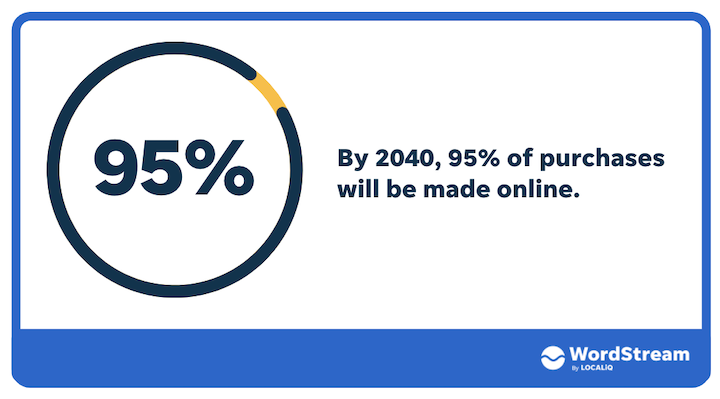
Since its introduction in 2018, the SKAdNetwork has had very low adoption levels from ad networks. However, that’s all changing with the recent privacy updates to IDFA. Marketers are now looking for alternatives.
What is Apple’s SKadNetwork?
Under SKAdNetwork, all data will be anonymous. Outside of that, the following data will be visible:
Conversion data will be passed back at the campaign level but with a reduction in the fidelity and granularity of the data. The primary limitation will be minimal ROI metrics, as well as advanced attribution due to reduced visibility with event tracking post-install and altered attribution windows.
What will SKadNetwork allow marketers to “see”?
Apple’s SKAdNetwork enables privacy-safe install attribution and measurement. It is a replacement API that allows marketers to measure conversion rates of app install campaigns on mobile devices for iOS apps without passing along user-level data. It also provides conversion data to advertisers without revealing personally identifiable information (PII) or device identifiers. It appends attribution parameters upon ad click, so when the app is installed and opened for the first time, it sends an install postback to the ad network including information such as campaign ID.
- Publisher ID (source), Campaign ID, Conversion Value
- Campaign – Clicks, Spend, etc.
- Info from Opt-In Users – IDFA
- App Data – Login, Event Interaction
- Install data (first time or redownload) w/verification
What won’t SKadNetwork allow marketers to “see”?
Additional limitations include data delays that impede real-time optimizations, a loss of user-level data, and reduced re-engagement support.
- Personally Identifiable Information (PII)
- User-level campaign and channel attribution data
- Most Post-install Metrics
- Lookback Windows
- Only 100 Campaign IDs Per Media Source Allowed
- No Frequency Capping
What new limitations will marketers face with the SKadNetwork?
Is there anything I can do as a marketer to shorten that delay?
In simple terms, the SKadNetwork API is how Apple will be allowing app marketers to measure the results of their marketing in a privacy-friendly way. The SK is short for StoreKit, which is how developers monetize their apps and interact with the app store and in-app purchases.
While most of the buzz has been about what data marketers are losing access to with Apple’s recent IDFA privacy changes, there’s been less talk about what Apple’s SKadNetwork API solution can help marketers gain back.
Why is there a delay in receiving data?
Yes, you can make your campaigns less granular. Because if your parameters are too specific, you’re going to have to wait for enough people to convert before you receive any reports back. So, in other words: Run fewer campaigns and go wide with the ones you do run.
Facebook will rely on Apple’s SKAdNetwork API for conversion events, which will report aggregated data at the campaign level and will be limited based on prioritization. In-app and user-level app data will be severely limited.
What is the SKad adoption rate so far?
Advertisers should be prepared to no longer have access to the following information under Apple’s SKadNetwork including:
How will this affect my marketing on Facebook?
Want to learn more? Check out “The Future of the Web” to find out everything you need to know about the new restrictions, cookies, IDFA, first-party data, and all things privacy from our Tinuiti experts.
Next steps for advertisers
Apple put a minimum timer for marketers to access campaign performance metrics. The purpose is to eliminate vector points that prevent the anonymization of individual data. So by waiting a longer time for more people to convert, it affords greater privacy to the user. Notification is sent only after a certain number of conversions happen.
As soon as possible, advertisers should ensure their mobile measurement partner (MMP) is enabled with Apple’s SkAdNetwork API. They should also update software development kits (SDKs) to support the SkAdNetwork option.






